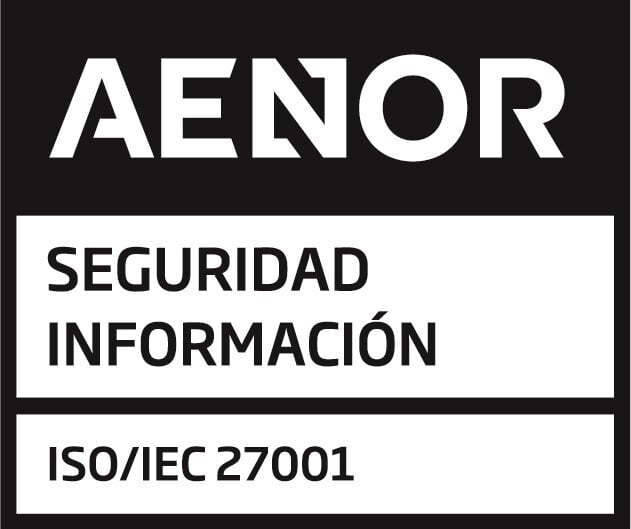In the run-up to COP26 in Glasgow, Scotland, the UN Secretary-General note that the world was behind schedule in its pursuit of global warming reduction targets as outlined in the Paris Agreement on Climate.
Records show that countries and other entities have been reacting frantically for the last decade, but it seems a lot is yet to be done to address the dire situation. Notably, wind technology has the potential to reduce global warming by as much as 0.8 degrees Celsius by the turn of this century, as established by this study.
As much as sustainable growth of the technology is crucial, experts note that the maintenance cost of wind turbines is increasing. To ensure the sustainable growth of this energy, it is important to address data issues and other challenges through wind turbine performance monitoring.
Data challenges in Wind Performance Monitoring
The conventional method of wind turbine performance measurement in laboratory-based conditions will rarely give the true situation on the ground. Real-life conditions involve a wide range of factors including varying demand profiles and local wind factors.
Professionalism for the asset manager requires continuous optimization of wind turbine assets, yet this may be impossible with conventional performance monitoring strategies. Data sources increase with every new turbine in the portfolio yet the acquired data must make sense. If it were only one wind turbine, the data would be easy to manage.
As the wind turbine installed capacity increases and indicates a major step forward in sustainability, asset managers and project developers have a new challenge. To add to the ballooning scope of projects, the internationalization of assets is also taking root. Diversification of portfolios is an emerging trend as investors seek to steer away from industry risks. At the level of the individual wind turbine, the asset manager is faced with regular changes due to weather unpredictability. That’s the level of complexity that modern wind asset managers have to solve.
Don’t forget that offshore wind turbines are also growing in popularity, adding to the data challenges for asset managers. The farms are usually in remote locations, so access is difficult and maintenance expensive. You will agree that the need for reliable detection of abnormal behavior ought to be a priority if such installations are to remain at peak performance.
How to Boost Performance with Data Monitoring
Wind turbine data and performance are closely linked. The following factors can negatively impact the financial and other operational factors of wind turbines:
- Extremely windy conditions
- Inadequate wind
- Inconsistent wind speed
- Turbine blades covered with ice
- Too low temperatures for operation
- The shutdown of grid path
- Curtailment is necessary due to shadow flicker or grid control
- Penalties due to ignored curtailment command
- Poor equipment condition affecting efficient operation of the system
Increasing the efficiency and performance of wind turbines is a crucial task for the asset manager, and this is achievable in several ways. While some owners opt to overhaul equipment for new ones, there is usually a limit to this approach. However, smaller improvements can be effected and significant asset performance realized.
Altogether, the renewable energy portfolio manager can analyze the plant capacity factor every month to generate the entire performance perspective. However, accumulating and storing richer operational data can help analyze more thoroughly.
Such data analysis can inform whether the control system is working normally or not. The control system can have up to 500 parameters that need correct adjustment according to site and wind turbine conditions. A combination of data monitoring expertise and sensor technology can determine the optimum performance setting for the wind turbine.
Using high-frequency SCADA data for wind turbine performance monitoring
The Supervisory Control and Data Acquisition (SCADA) system is irreplaceable in the wind farm. It is the link between the central computer, the stations, and the wind turbines. The resulting communication system lays the platform for supervisory capability.
Wind turbine output is dependent on numerous variables that generate a lot of SCADA data. Some of the metrics are blade angle, temperature, weather parameters, and gearbox acceleration.
Why is the use of high-frequency SCADA data for performance monitoring so critical today? For the operators to undertake effective operation and maintenance (O&M) on the farm, they need to predict performance more accurately.
The volatility of wind power calls for an improved understanding of performance – that is possible with high-frequency SCADA data. With more data, the asset manager or operator can find solutions to underperformance faster.
A system that develops answers within seconds is what the modern wind farm requires. Operators are grateful when they observe the performance of their assets in real-time. Optimizing performance and controlling the wear/tear of components becomes easier with high-frequency SCADA data
Conclusion
As a wind turbine asset manager or proprietor, we know that your goal is to put your asset data to optimum work. With all your data including SCADA data in one location, you can effortlessly view insights of your portfolio and create reports.
QBI’s wind asset management software blends effortlessly with the latest SCADA systems so that wind plant operators can have the freedom to handle availability and performance using analytical instruments.
Transform your high-frequency SCADA data into KPIs that can complement your benchmarking goals. Specialists at QBI are waiting for your call to show you how performance monitoring of your wind turbines can rise another level with advanced analytics.
